Disclosure: This article contains affiliate links. We may earn a commission from purchases at no extra cost to you, which helps our travel content.
There's something deliciously ironic about a cybersecurity analyst who spends her days protecting digital assets voluntarily disconnecting from the grid to sleep in the Bolivian jungle. Yet here I was, trading my secure Seville apartment for a hammock strung between trees in Rurrenabaque, where the only firewall was the actual fire we built to ward off nocturnal predators. This remote outpost at the edge of the Amazon basin offers two distinct ecosystems to explore: the dense, mysterious jungle and the wildlife-rich pampas wetlands. Both demand respect, preparation, and a willingness to surrender certain comforts—including reliable WiFi, which sent my teenage son into temporary withdrawal during his school break visit.
Preparing for Digital Detox in Rurrenabaque
Reaching Rurrenabaque requires either a white-knuckle 30-minute flight from La Paz on a prop plane that appears held together by duct tape and prayers, or a 20-hour bus journey along what locals optimistically call a 'road.' I chose the flight—analyzing risk is literally my job, and the statistical safety of small aircraft outweighs the guaranteed trauma of that bus route.
Before departure, I downloaded offline maps, translated survival phrases, and backed up all my devices. The cybersecurity professional in me couldn't help but prepare a digital contingency plan, including a satellite communicator that proved invaluable when coordinating with guides whose concept of punctuality was refreshingly fluid.
For protection against the elements, I packed my waterproof dry bag which kept my essential documents and electronics safe during unexpected downpours and canoe trips. The 20-liter size perfectly accommodated my minimal tech setup while remaining lightweight enough for jungle trekking.
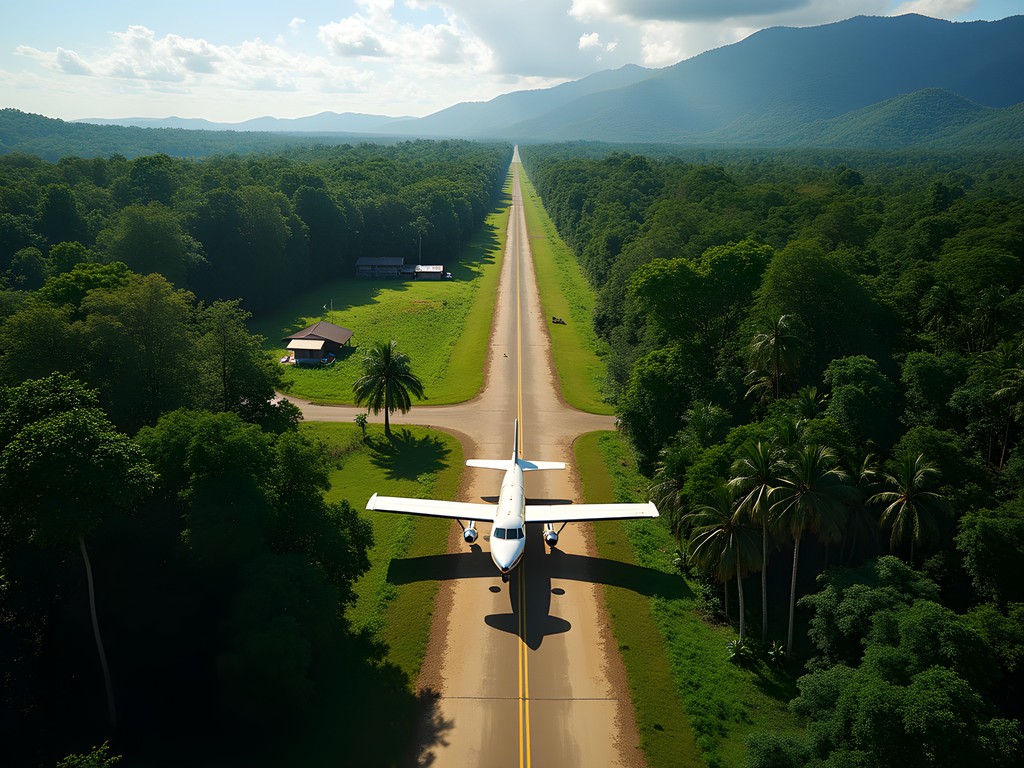
💡 Pro Tips
- Download offline maps of the Rurrenabaque region before arrival—cell service is virtually non-existent
- Bring twice as much cash as you think you'll need—ATMs are unreliable and most tour operators don't accept cards
- Pack a physical photocopy of your passport and store it separately from the original
Jungle Survival: Three Days Off-Grid
Our jungle survival expedition began with a three-hour boat ride up the Beni River, each bend revealing increasingly pristine rainforest. Our guide, Carlos, had grown up in these forests before moving to town—his knowledge of the ecosystem wasn't theoretical but cellular. He could identify medicinal plants, animal tracks, and potential dangers with the same precision I use to spot network vulnerabilities.
Sleeping arrangements were basic but effective: hammocks with mosquito nets strung between trees. I'd upgraded my standard insect repellent to permethrin-treated clothing which proved remarkably effective against the mosquitoes that seemed to view standard repellents as condiments rather than deterrents.
The jungle operates on binary code just like my systems—patterns of behavior that, once identified, become predictable. Howler monkeys announce dawn and dusk. Certain insects emerge only during specific humidity conditions. Carlos taught us to read these natural algorithms, showing us how to find water sources by following parrot flight patterns and identify which fruits were safe by observing which ones monkeys consumed.
We foraged for wild fruits, fished for piranhas (less dangerous than their reputation suggests), and learned to navigate using natural landmarks rather than GPS. The water filter I brought allowed us to safely drink from streams, earning approving nods from our guides who typically boiled water—a much more time-consuming process.
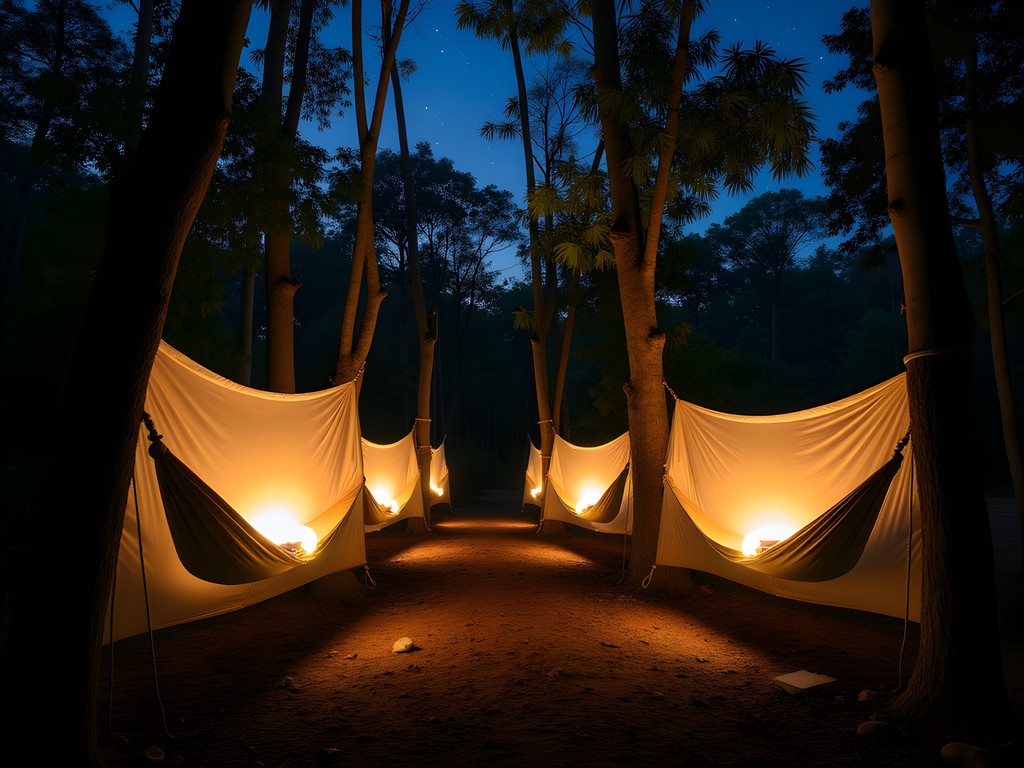
💡 Pro Tips
- Learn basic knot-tying techniques before your trip—they're essential for hammock setup and improvised shelters
- Practice fire-starting with waterproof matches or ferrocerium rods as backup to lighters
- Keep a small dry bag with essential medications accessible at all times—the nearest pharmacy is hours away
Pampas Safari: Wildlife Encounters in the Wetlands
After the dense jungle experience, the open pampas wetlands felt like entering a different operating system altogether. The ecosystem here runs on different protocols—wide-open grasslands and meandering rivers where wildlife is more concentrated and visible.
We boarded a motorized canoe at Puerto Rurrenabaque for a three-hour journey to our riverside lodge. Within minutes, we spotted the first of countless caimans sunning themselves along the banks, their prehistoric algorithms seemingly unchanged for millions of years.
The wildlife density here rivals any African safari at a fraction of the cost. Pink river dolphins surfaced playfully around our boat. Capybaras—essentially oversized guinea pigs with surprising swimming abilities—grazed in family groups along the shore. Trees heavy with yellow-rumped caciques and their hanging nests created natural server farms of avian activity.
Our guide Miguel explained that the dry season (May-October) concentrates animals around remaining water sources, making wildlife viewing more predictable—a classic case of resource-driven behavior patterns. For photography, my telephoto lens proved invaluable for capturing wildlife at a respectful distance.
The highlight was anaconda hunting—not for sport, but for observation. Wading through knee-deep marsh grass, we followed Miguel who somehow spotted a camouflaged 4-meter anaconda resting in the vegetation. The quick-dry pants I'd packed proved their worth during these wet excursions, drying within minutes after our marsh explorations.
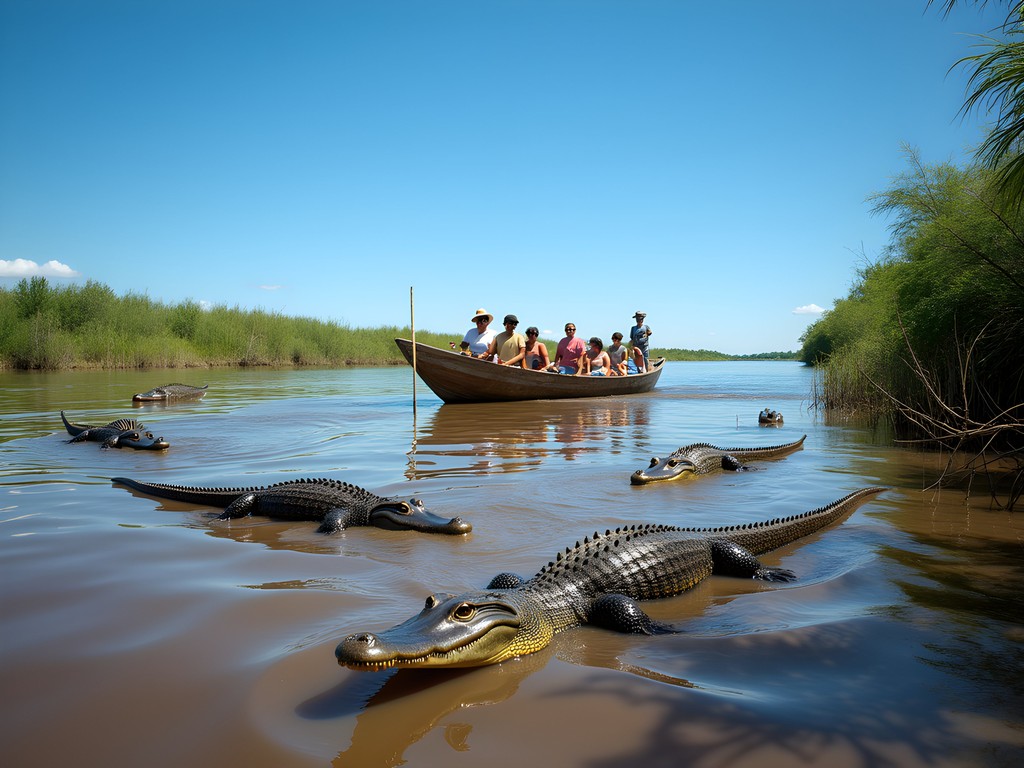
💡 Pro Tips
- Book a lodge with raised sleeping platforms—seasonal flooding can affect ground-level accommodations
- Bring polarized sunglasses to cut glare when spotting wildlife from boats
- Pack high-SPF reef-safe sunscreen—the pampas offers little shade during boat excursions
Security Protocols: Staying Safe in Remote Bolivia
My cybersecurity background makes me approach physical security with the same methodical analysis I apply to network protection. Rurrenabaque may be remote, but it follows predictable patterns that, once understood, can be navigated safely.
First, agency selection is critical. I researched tour operators extensively, cross-referencing reviews across multiple platforms and validating their safety records through traveler forums. The price differential between operators is substantial, but this is not the place to optimize for cost over security. Companies with proper equipment, experienced guides, and established protocols are worth the premium.
For personal security during overnight stays in Rurrenabaque town, I used a portable door lock for my hostel room—a simple device that provides an extra layer of security without permanent installation, much like two-factor authentication for your accommodation.
Health security required preparation too. Beyond standard vaccinations, I carried a comprehensive first aid kit supplemented with prescription antibiotics and anti-parasitics obtained before leaving Spain. Water purification tablets served as backup to my filter system—redundancy is as important in wilderness survival as it is in data protection.
The most valuable security asset, however, was establishing relationships with locals. Just as I build trust with clients in cybersecurity, I invested time connecting with residents who provided invaluable intelligence about current conditions, reliable service providers, and areas to avoid.
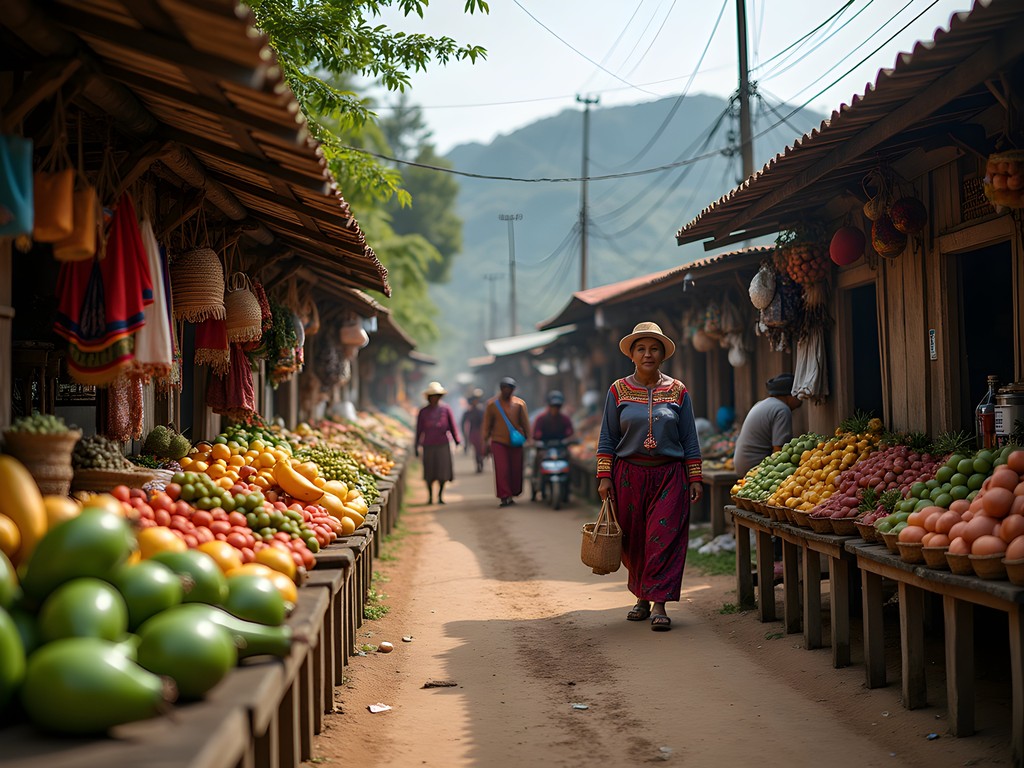
💡 Pro Tips
- Register your travel plans with your embassy before heading into the jungle
- Photograph all important documents and store encrypted copies both in the cloud and on a secure offline device
- Establish a check-in protocol with someone back home, with clear steps to take if you miss a scheduled communication
Final Thoughts
As I boarded the tiny plane back to La Paz, my phone suddenly reconnected to civilization with the characteristic cascade of delayed notifications. The contrast between the digital world I protect professionally and the analog wilderness I'd just experienced couldn't have been more stark. Rurrenabaque taught me that true security isn't always about firewalls and encryption—sometimes it's about reading the river's current, recognizing which plants cause rashes, and knowing when the afternoon rains will begin.
The jungle and pampas operate on protocols far older and more tested than any human security system. There's a humbling reliability to these natural algorithms that my cybersecurity brain finds both challenging and reassuring. Whether you're drawn to the immersive isolation of jungle survival or the wildlife spectacle of the pampas wetlands, Rurrenabaque offers a rare opportunity to disconnect from digital dependencies and reconnect with more fundamental systems.
For the solo traveler willing to embrace temporary digital detox, this remote Bolivian outpost delivers adventures that no virtual experience could replicate. Just remember to patch your knowledge vulnerabilities before arrival, pack redundant safety systems, and prepare for the most valuable kind of system restore—the one that happens to your perspective.
✨ Key Takeaways
- Rurrenabaque offers two distinct ecosystems to explore: dense jungle and wildlife-rich pampas wetlands
- Thorough preparation is essential as resources and connectivity are extremely limited
- Quality guides make the difference between a tourist experience and genuine wilderness immersion
- The isolation from technology provides a rare opportunity for digital professionals to reconnect with natural systems
📋 Practical Information
Best Time to Visit
May to October (dry season)
Budget Estimate
$40-70/day including accommodations and tours
Recommended Duration
7-10 days minimum
Difficulty Level
Challenging

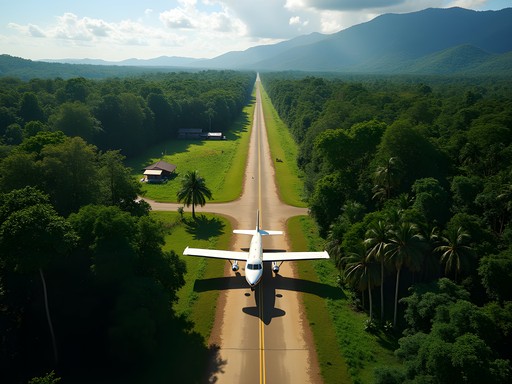
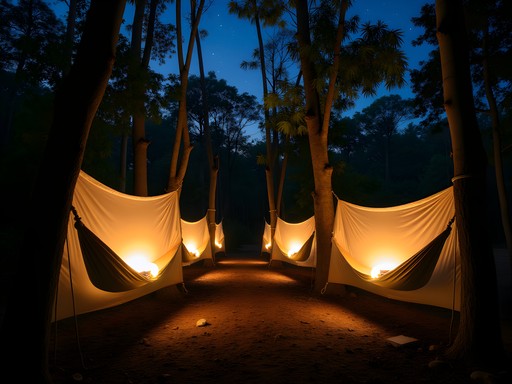
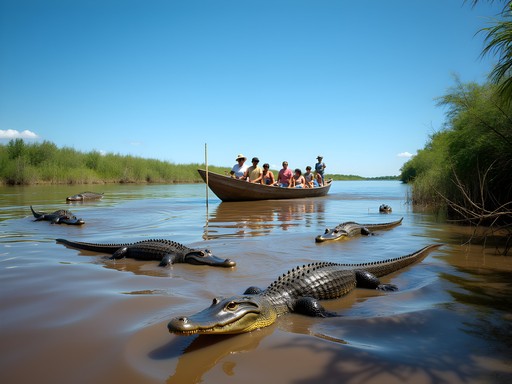
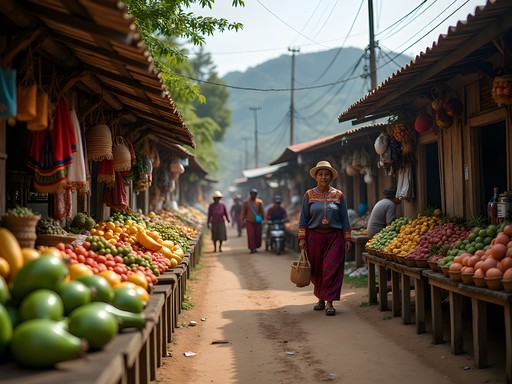
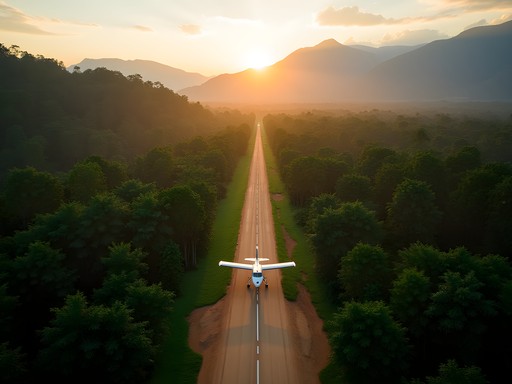
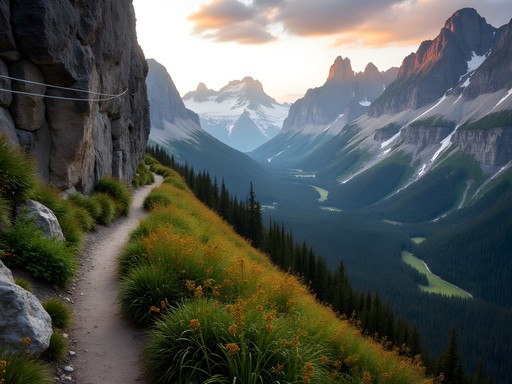
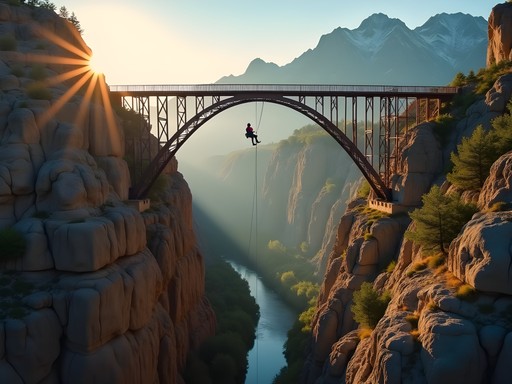
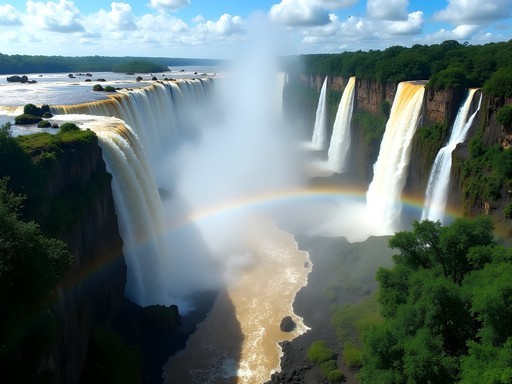
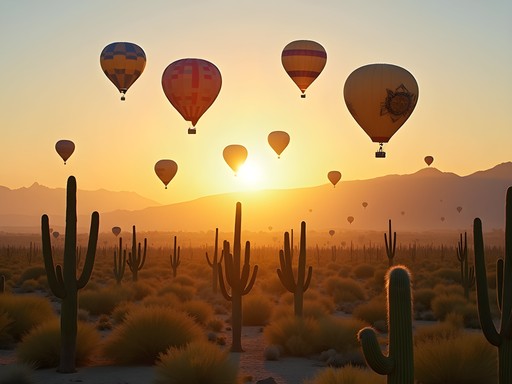
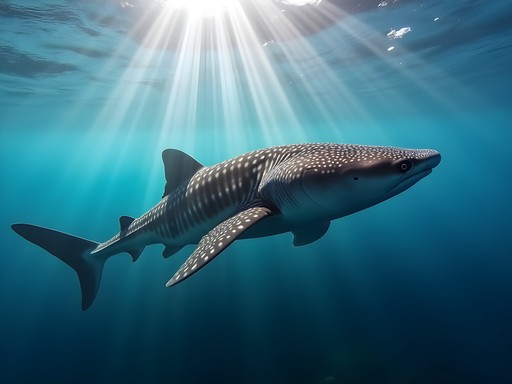
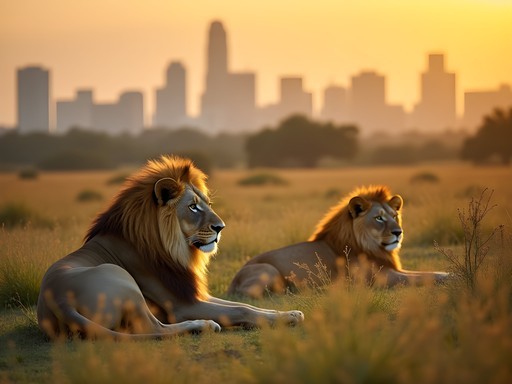
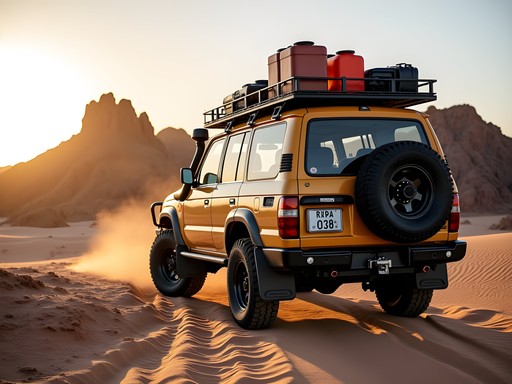
Comments
happyace
Just booked my trip after reading this! Can't wait!
tripguide
Great post! As someone who also works in tech, I'm curious how you handled the anxiety of being completely disconnected? Any tips for fellow digital addicts?
Hannah Woods
Honestly the first day was the hardest! I brought a journal and focused on writing down observations instead of reaching for my phone. By day 2, I was so immersed in the environment I barely thought about my notifications. The key is having something else to focus your attention on!
explorewalker
Just got back from Rurrenabaque myself last month! Your post brought back so many memories. The jungle survival part was intense - our guide showed us how to find water in vines and which insects were safe to eat (though I chickened out on that part). Did you try the piranha fishing in the Pampas? Our guide cooked them right on the boat and they were surprisingly delicious!
Hannah Woods
Yes! Piranha fishing was a highlight! I was shocked at how aggressive they were going after the bait. And agree - surprisingly tasty for such vicious little things!
wildtime
Those wildlife pics are incredible! Was the tiny plane scary?
Hannah Woods
Terrifying at first! But the views made it worth it. Just don't look down if you're afraid of heights!
wildtime
Noted! Heights aren't my thing but for views like that I might brave it!
beachfan
Love how you embraced the digital detox! I'd be having withdrawal symptoms after day one lol
Savannah Wood
Your digital detox experience resonates so much with me! I did the same trip last year and that moment when you first disconnect is both terrifying and liberating. I remember our guide showing us how to make rope from palm fibers and thinking 'I build websites for a living, what am I doing here?' 😂 But those night sounds in the jungle - nothing compares! Did you try fishing for piranhas in the Pampas? That was a highlight for me, though I was terrible at it. The locals made it look so easy!
Hannah Woods
Yes! Piranha fishing was wild! I caught two but screamed so loud when they came out of the water that I nearly fell out of the boat. Not my proudest moment 😅
happyguide
How did you handle the humidity with all your camera gear? Planning a similar trip next year and worried about my equipment.
Hannah Woods
I kept everything in dry bags when not in use! I also brought silica gel packets and stored them with my camera overnight. The humidity is no joke there!
happyguide
Thanks Hannah! Dry bags are going on my packing list right now.